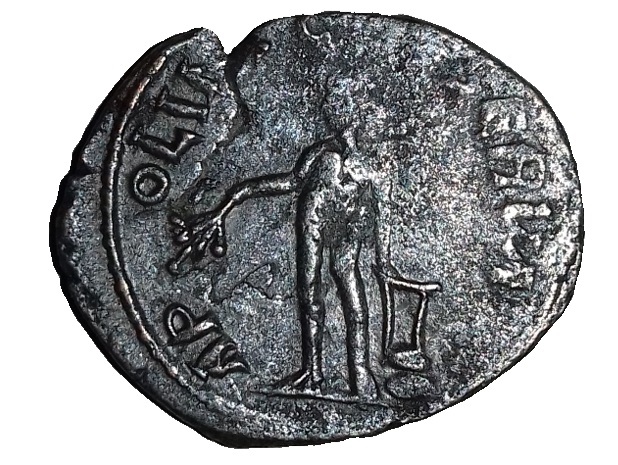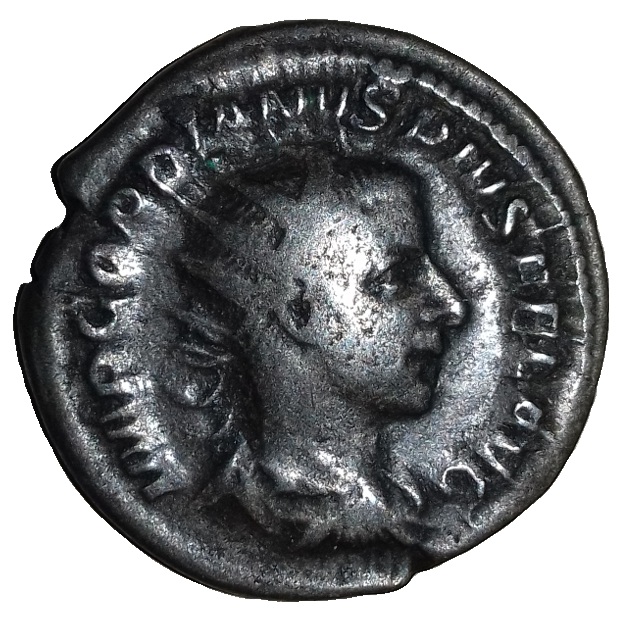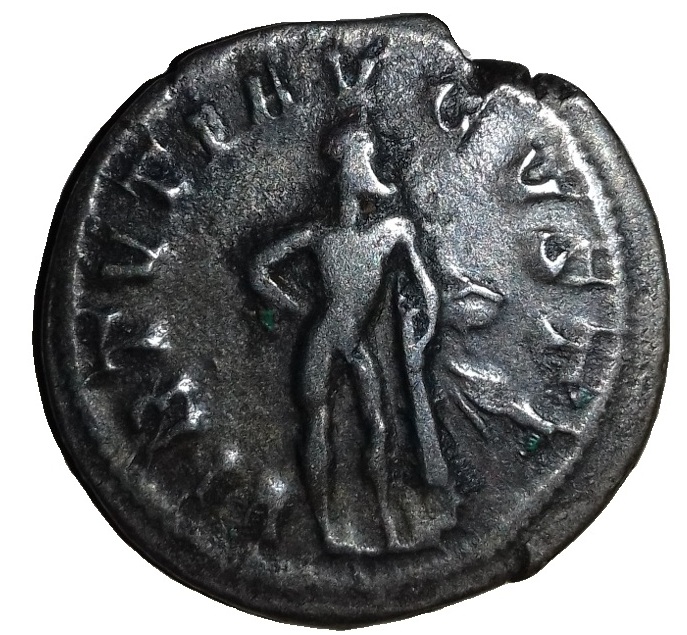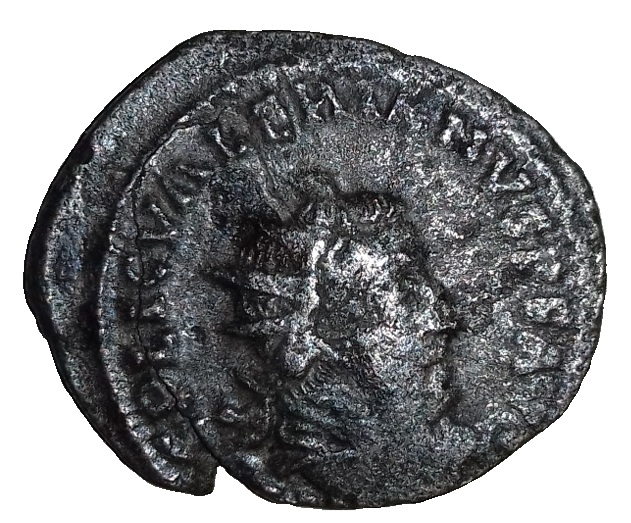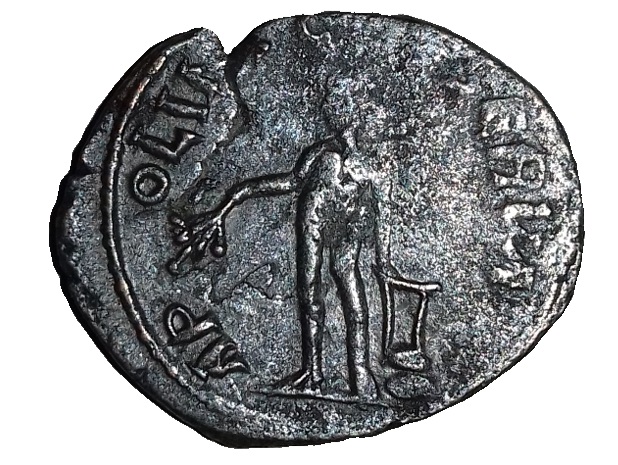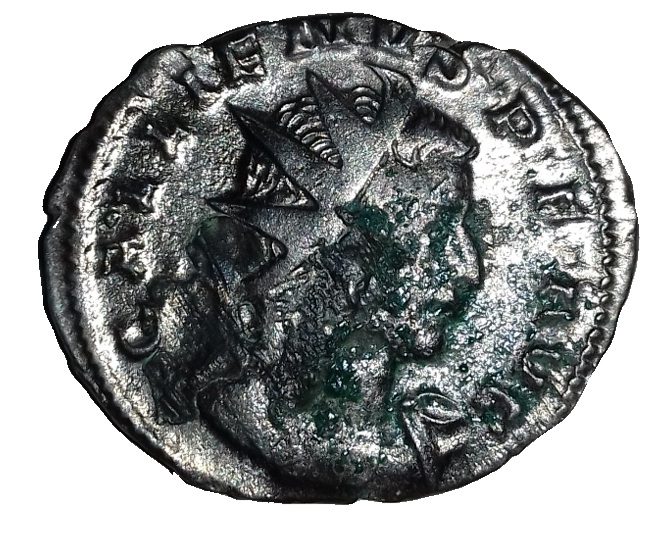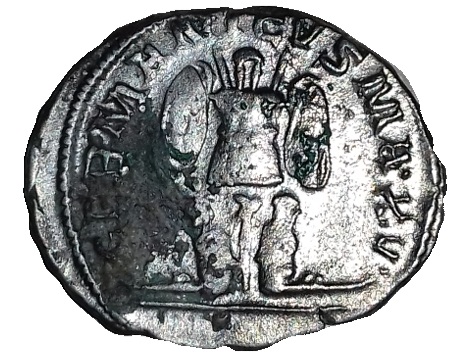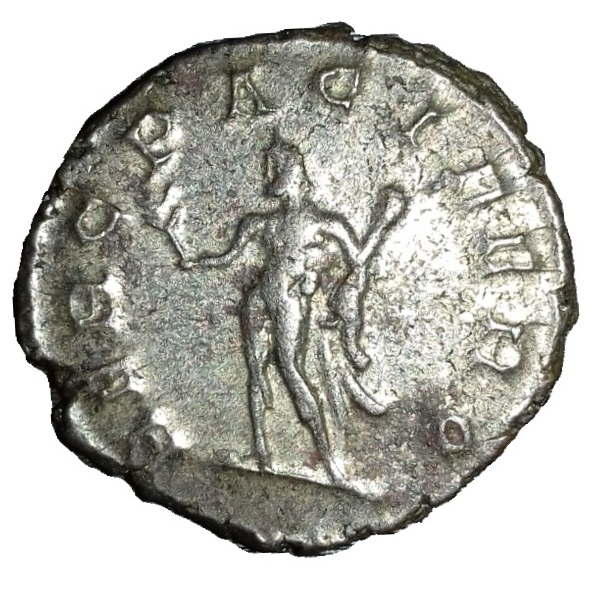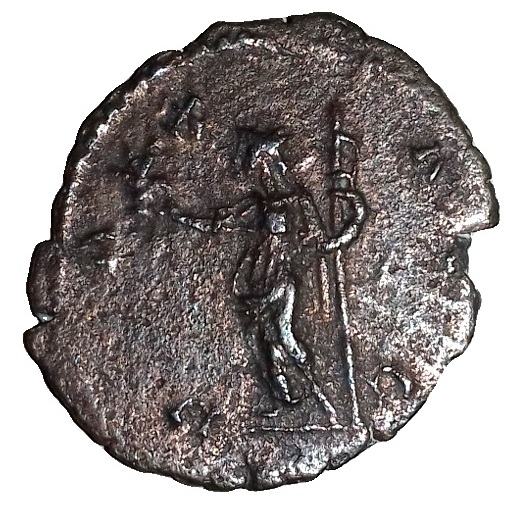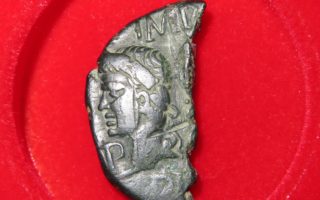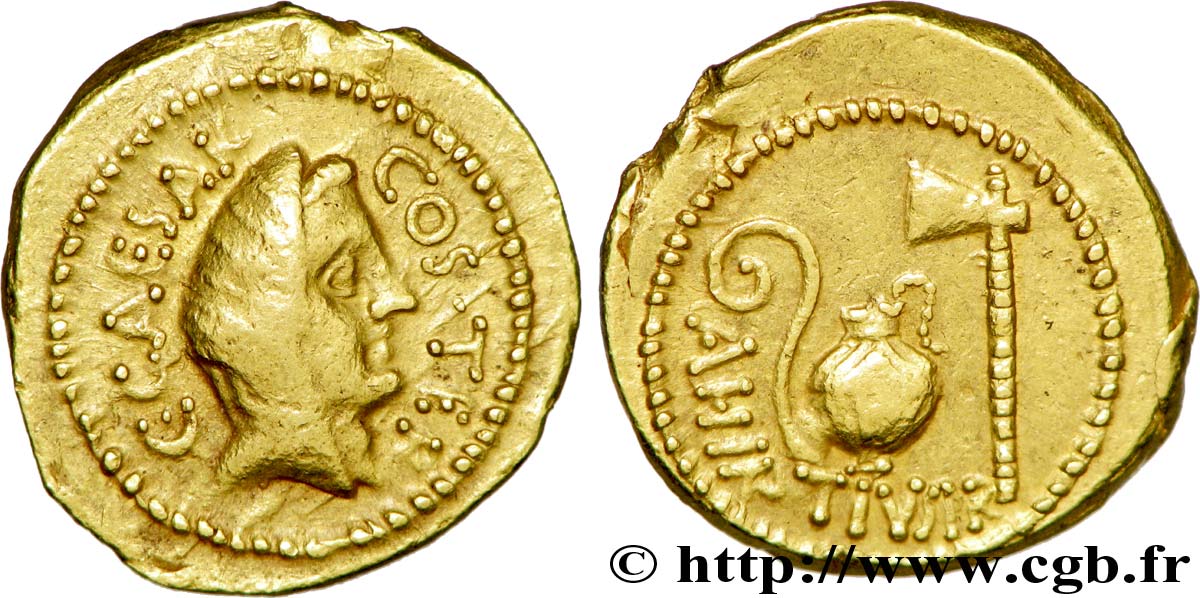Hi everyone, how are you? Last week I presented 5 Roman Coins in copper to you. We will therefore continue on the same subject with the presentation of 5 Roman Coins in billon. I wrote an article on the same subject a few months ago. To read it, click here . I will therefore describe the obverse and reverse of these coins as well as their legends … Therefore, we are going to do numismatics: studying coins by decrypting them and trying to understand their meaning as well as the messages they wanted to pass in Roman times. So in this article there will be analysis, description and interpretation. Now let’s get to the heart of the matter and, above all, happy reading.
First Roman coin in billon: the Antoninian of Gordian III
This first coin is an Antoninian of Gordian III. Gordian III, whose real name is Marcus Antonius Gordianus Pius is a Roman emperor born January 20, 225 AD and died February 11, 244 AD in Circesium (city of Mesopotamia). His reign began in his thirteenth year. At first, being too young to reign, he was helped by his parents as well as senators. His reign was short as it lasted only 6 years as he died in combat in 244 AD, in his nineteenth year. He will be succeeded by Philippe I the Arab.
This billon coin weighs 3.52 grams for 22 mm. On its obverse, we can see the bust of Gordian III, surrounded by the captions “IMP GORDIANVS PIVS FEL AVG” (Emperor Gordian, pious and happy august). On his lapel, Hercules can be seen standing, holding in his left hand a club resting on a rock with a little lion next to it and resting his right hand on his hip. The captions listed are “VIRTVTI AVGVSTI” (To the Emperor’s Virility).
From the legend of the reverse of this Antoninianus, we can more or less precisely deduce a date. Indeed, these inscriptions surely refer to the passage of the emperor from a child to an adult or quite simply to his marriage. Gordian III was married at the age of 16, in 241 AD. We can therefore assume that this coin dates from around 241 AD.
Second Roman coin in billon: the Antoninian of Valerian I
This second coin is an Antoninian of Valerian I. Valerian I, real name Publius Licinius Valerianus is a Roman emperor born around AD 195 and died in AD 260. His reign began in AD 253, at the age of almost 60, with a long defense of the Empire’s borders. This period lasted from 253 to 257 AD and during it, Valérien I was accompanied by his son who will be the next emperor: Gallien. Following this time, the emperor began a wave of persecution against Christians. This lasted from 257 to 259 AD. It has resulted in numerous seizures of Christian property, numerous death sentences and various prohibitions on worship and obligations under the risk of the death penalty. Valérien dies in 260 AD, captured by the Persians. The causes of his death are unknown. He will be succeeded by Gallien.
This billon coin weighs 2.28 grams for 23 mm in diameter. On its obverse, we can see the bust of Valérien I, surrounded by the captions “IMP C P LIC VALERIANVS AVG” (The emperor Caesar Publius Licunius Valerianus auguste). On its reverse, we can see Apollo standing, holding a laurel branch in his right hand and a lyre resting on a rock in his left hand. The inscribed captions are “APOLIN [I CONS] ERVA” (Protective Apollo).
This coin which can obviously be dated 253-260 AD (date of reign) can be even more precisely. Indeed, the obverse caption sounds a bit like some sort of presentation. We can therefore assume that this coin was there to warn the people that there was a new emperor (see my article Currencies: Means of Communication for more information). Taking this hypothesis into account, we can date this coin from 253-254 AD.
Third Roman Coin in billon : the Antoninianus of Gallienus
This third coin is an Antoninian of Gallienus. Gallienus, whose real name is Publius Licinius Egnatius Gallienus is a Roman emperor born in 218 AD and died in 268 in Milan (Italy). He begins his reign by stopping the persecutions put in place by his father against Christians. As for the rest of his reign, he will have mainly tried to unite an Empire divided following many revolts that took place in different regions. He died in 268 AD, assassinated in Mediolanum, current city of Milan. He will be succeeded by Claude II the Gothic.
This billon coin weighs 3.15 grams for 23 mm. On its obverse, we can see the bust of Gallien, surrounded by the captions “GALLIENVS P F AVG” (Gallien, pious and happy august). On its reverse, you can see two prisoners at the foot of a trophy. The entered captions are “GERMANICVS MAX V” (Winner of the siblings for the fifth time).
This coin was therefore struck on the occasion of the fifth victory of the Romans against the Germans. The campaigns against the siblings took place in 257/258 AD, we can deduce that this coin dates from this time.
Fourth Roman Coin in billon : the Antoninian of Postumus
This billon coin is an Antoninian of Postumus. Postumus of his real name Marcus Cassianius Latinius Postumus is a Gallic emperor whose date of birth is unknown and who died in 269 AD, in Mainz (Germany). His reign consisted of ruling Gaul, Spain and Brittany. While at the same time, Gallenius ruled the Roman Empire. This is why I said above that the Empire under Gallienus was divided. Postume died in 269 AD, killed by a revolt of soldiers in Mainz. He will be succeeded by Marius.
This billon coin weighs 4.12 grams for a 21 mm diameter. On its obverse, we can see the bust of Postumus, surrounded by the captions “IMP C POSTVMVS P F AVG” (The emperor, Caesar, Postumus, pious and happy august). On his back, Hercules can be seen standing, holding a club surrounded by leonty in his left hand and holding a laurel branch in his right hand. The inscribed captions are “HERC PACIFERO” (For Hercules who brings peace).
This coin was therefore certainly minted at a time when peace reigned in the Gallic Empire.
Fifth Roman Coin in billon : the Antoninianus of Tétricus II
This billon coin is an Antoninian of Tétricus II. Tétricus II, from his true Caius Pius Esuvius Tetricus was the son of Emperor Tétricus I and ruled the Empire with him. Here, little information is given to us about it. He was “Caesar” from 272/3 to 274 AD. As a result, he was never emperor (Augustus). “Caesar” being the title just below that of emperor. So he remained in power for one to two years, which is like his father very brief. It seems that he stayed and accompanied his father throughout his reign. In the same way, he certainly died executed or pardoned then released by Aurélien.
This coin weighs 2.09 grams for 22 mm in diameter. On its obverse, we can see the bust of Tétricus II, surrounded by the captions “C PIV ESV TETRICVS CAES” (Caius Pius Esuvius Tetricus césar). On its reverse, Pax (peace) can be seen standing, holding a long scepter in his left hand and an olive branch in his right hand. The captions listed are “PAX AVG” (The Peace of Augustus).
This coin was therefore certainly struck during a lull as evidenced by its reverse. However, one cannot determine with precision a date of minting.
There you go, this article is now complete. Hope you liked it and discovered new things. Also, feel free to tell me in the comments space what topic you would like me to cover for a future article. Regarding this one, we will continue this series of coins presentation with “5 Roman Coins in silver”. See you next week !
Receive my free book Around the Roman Coin by clicking here

